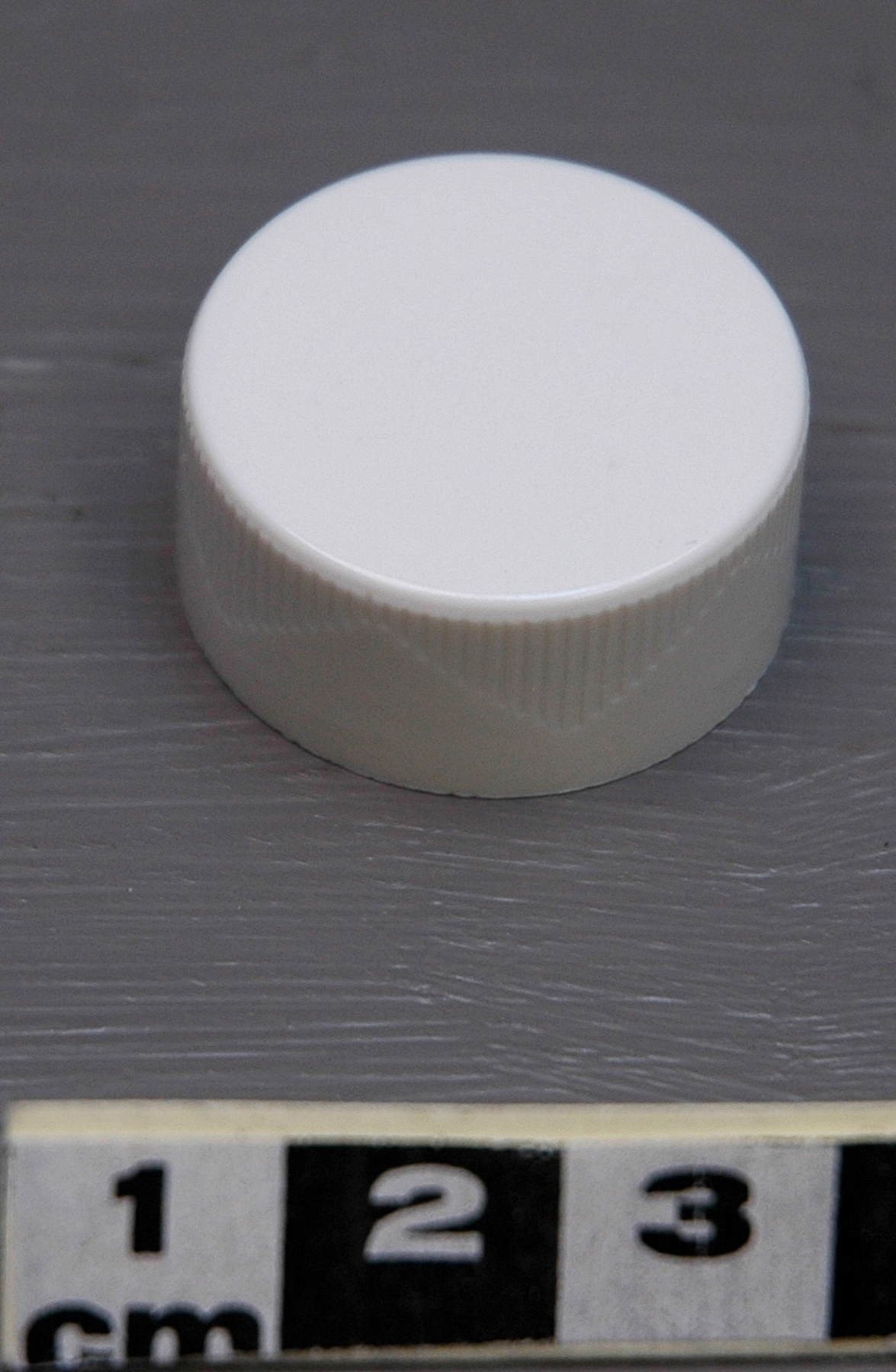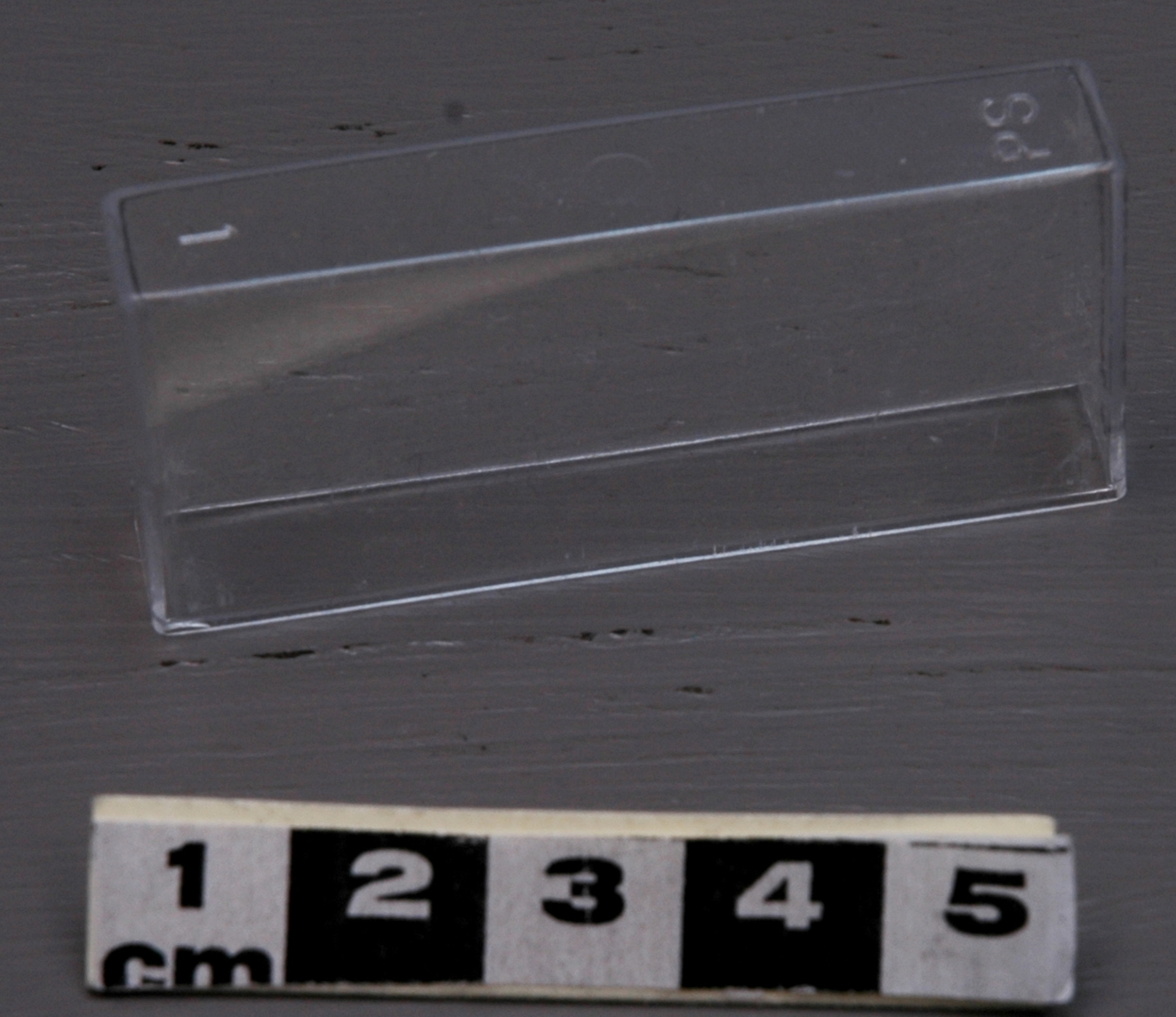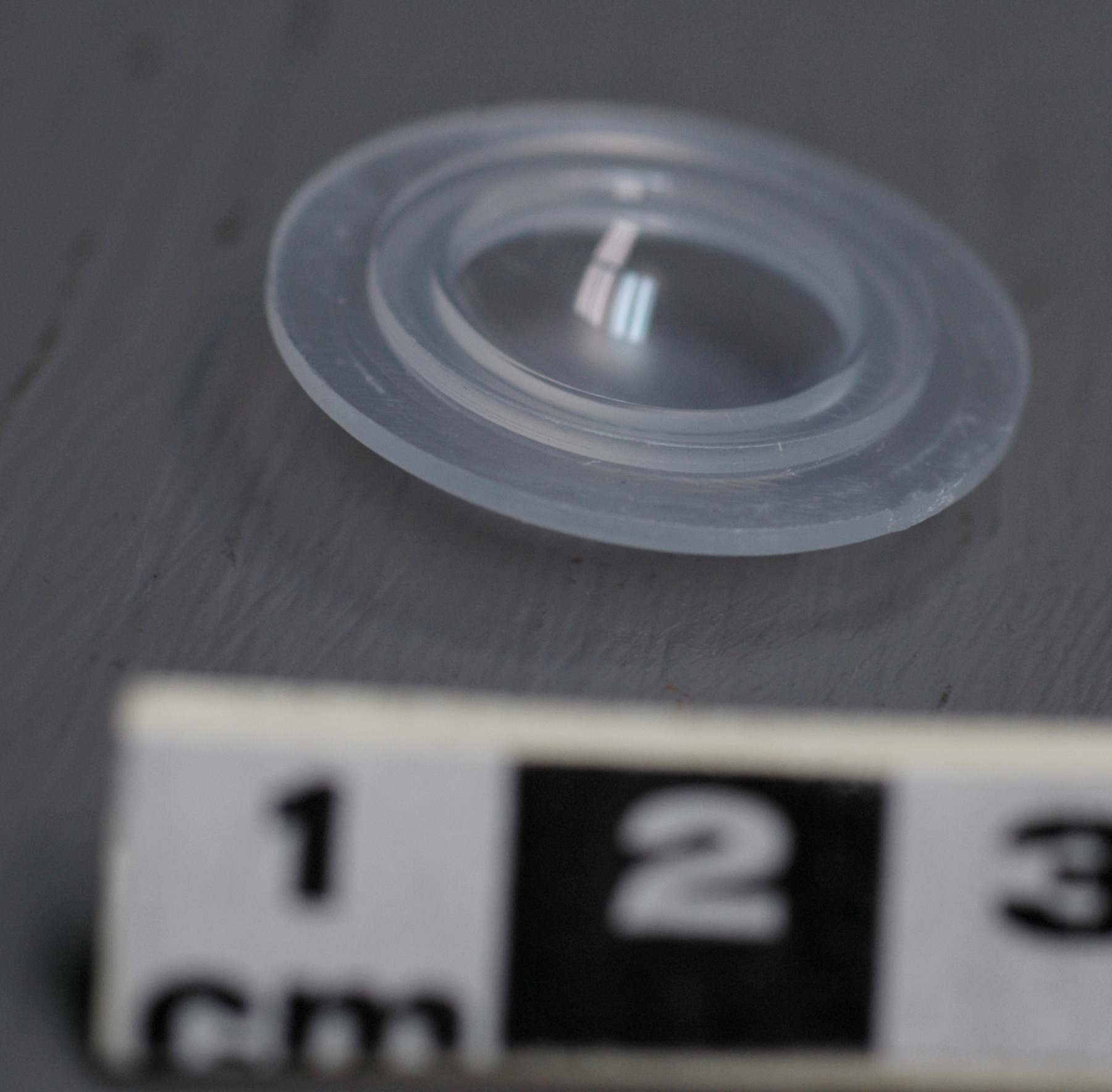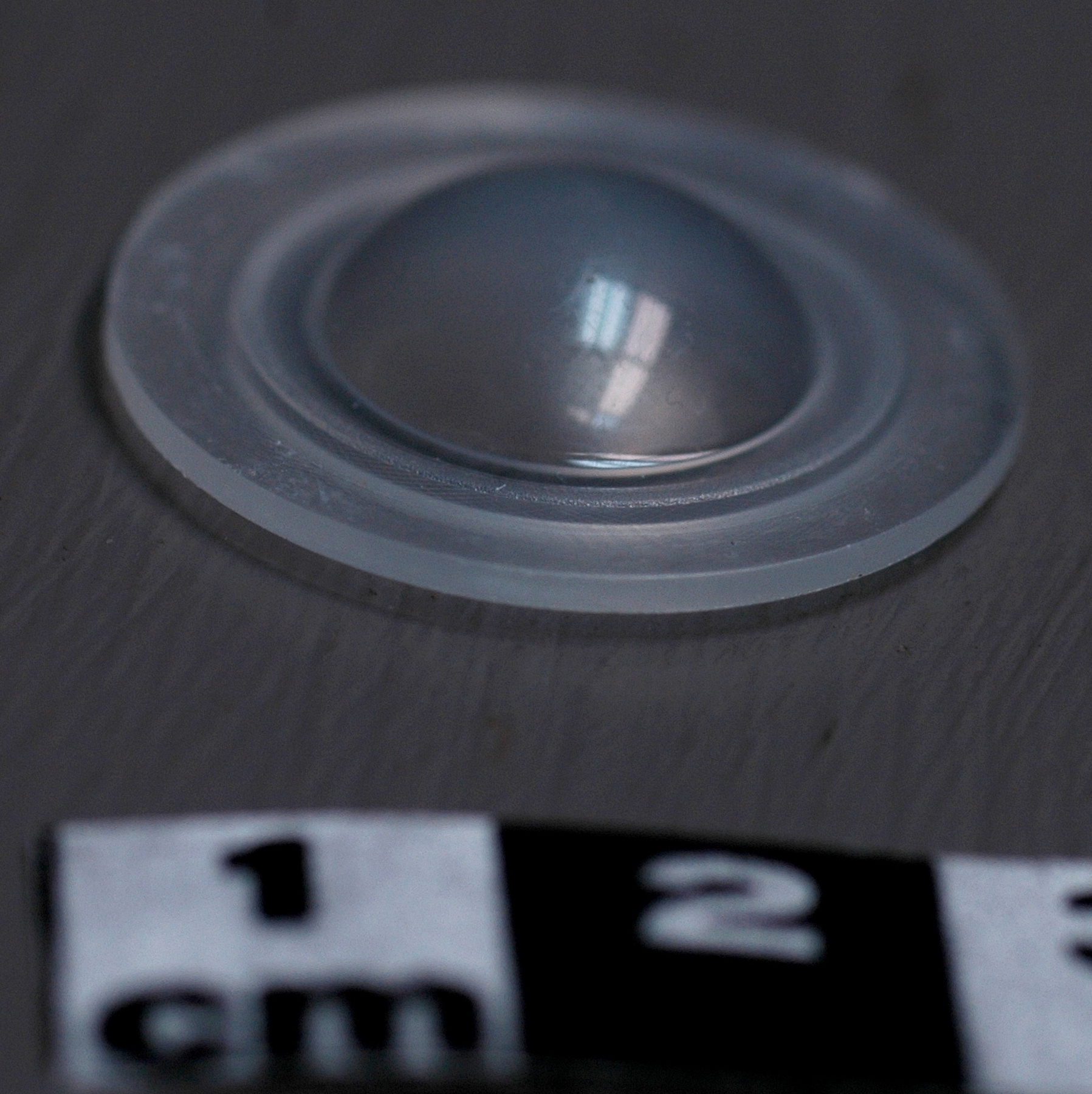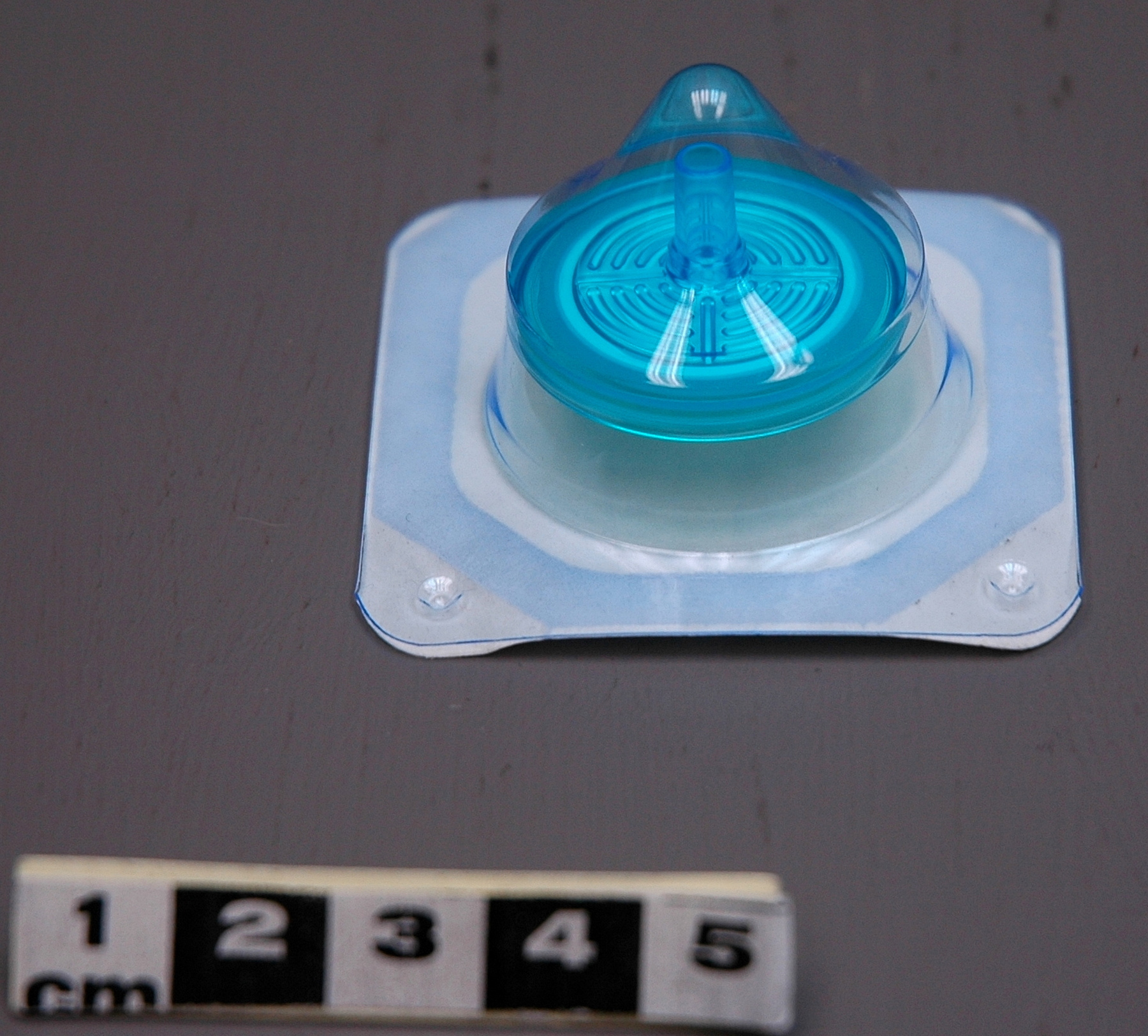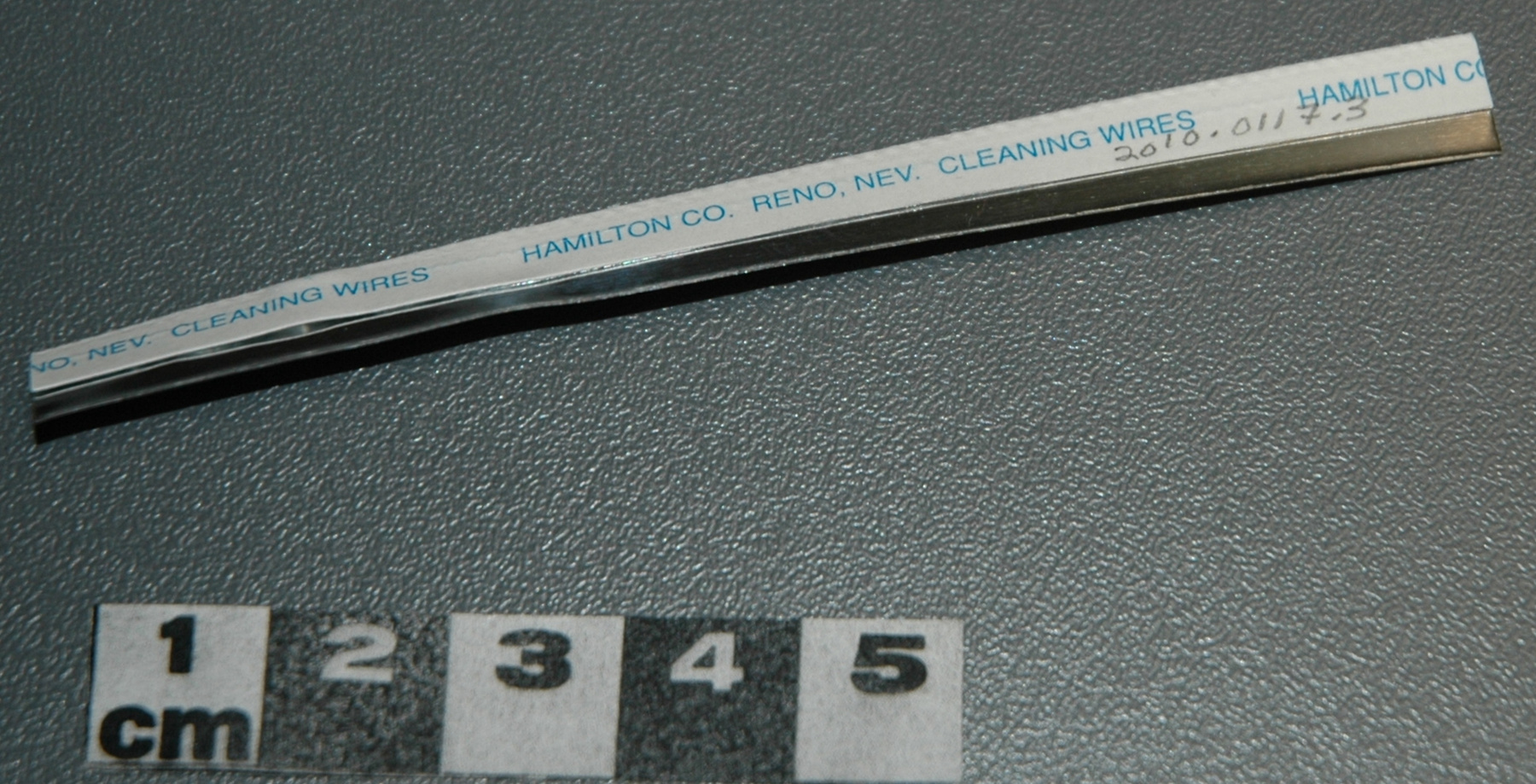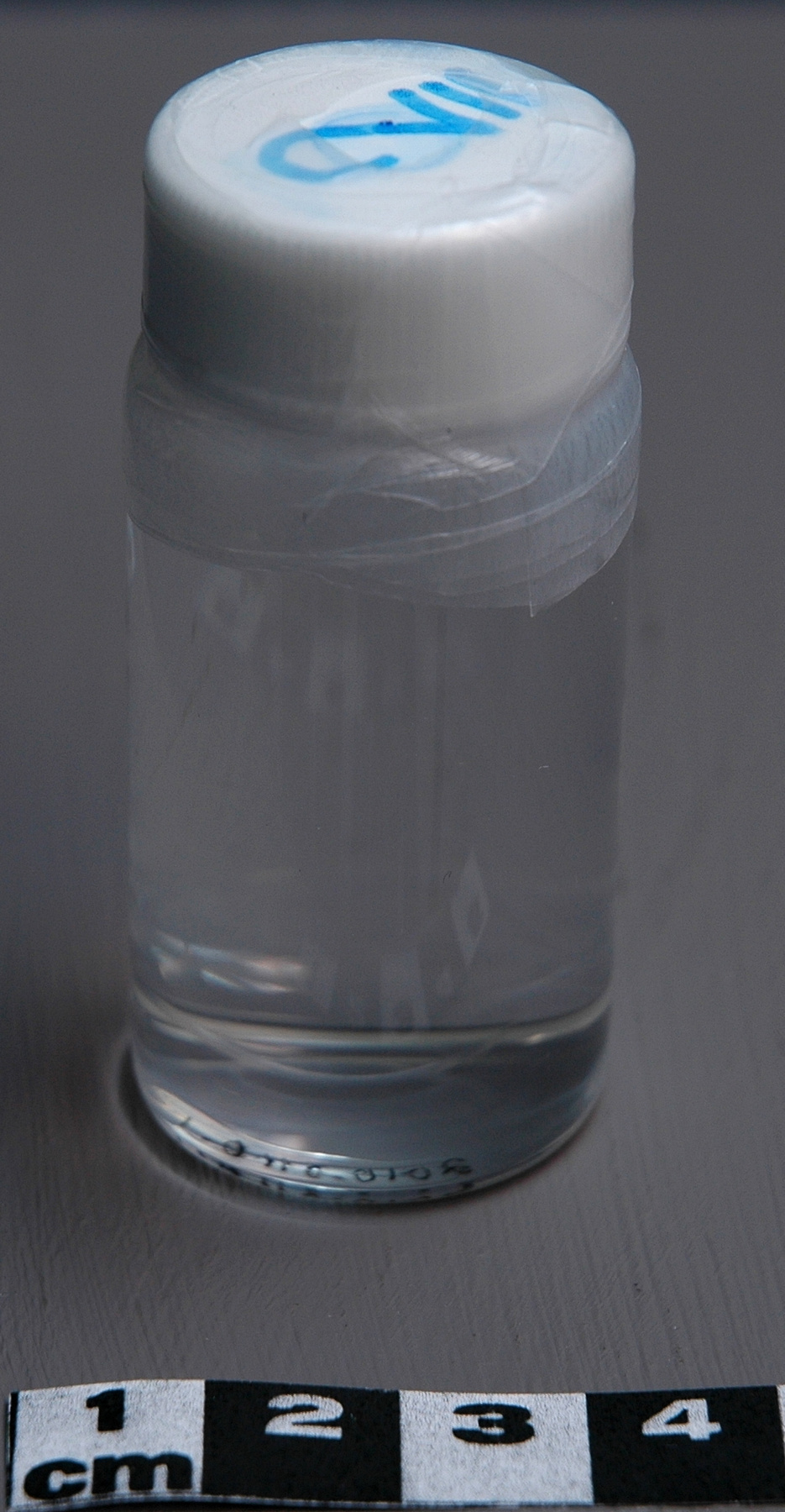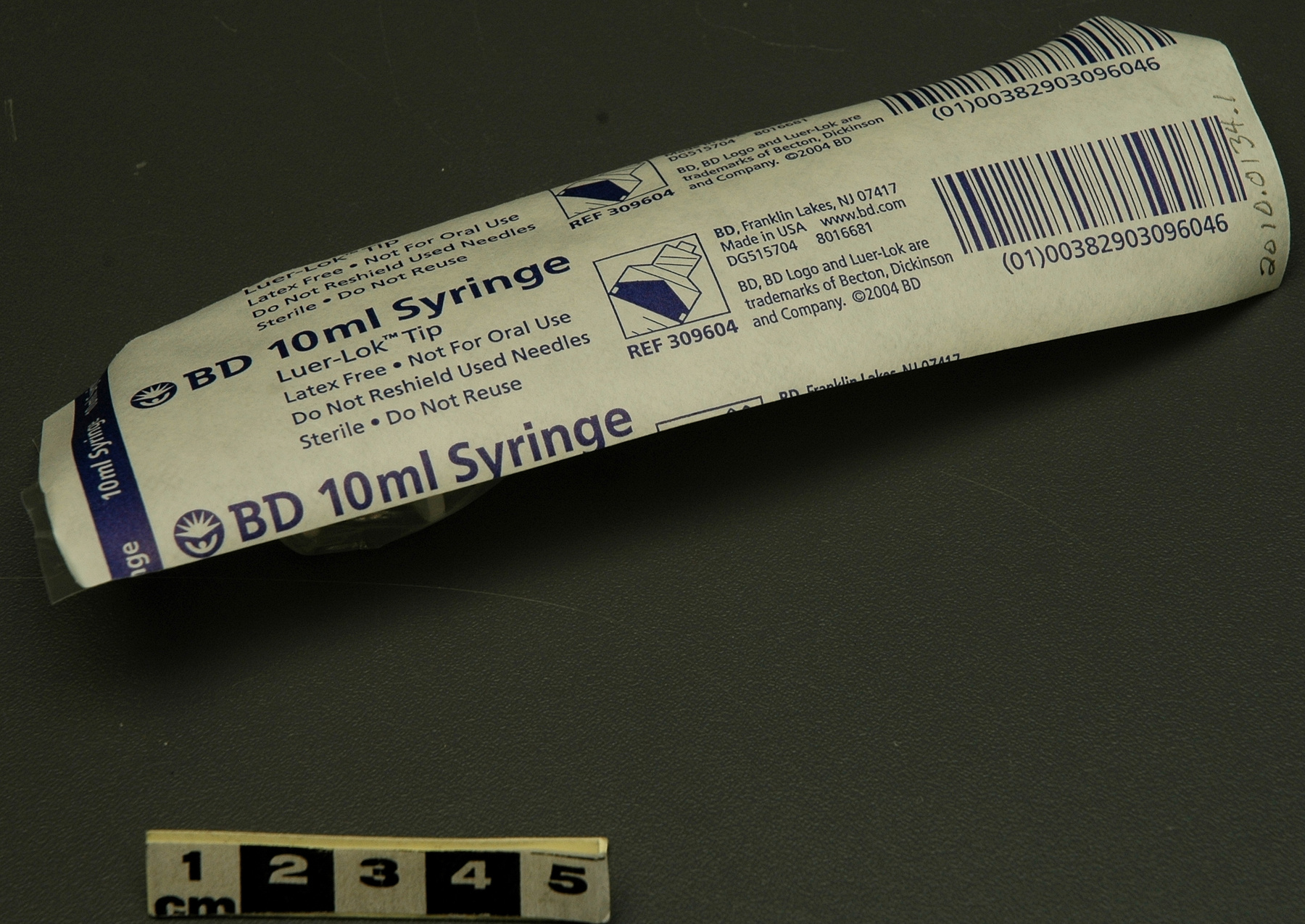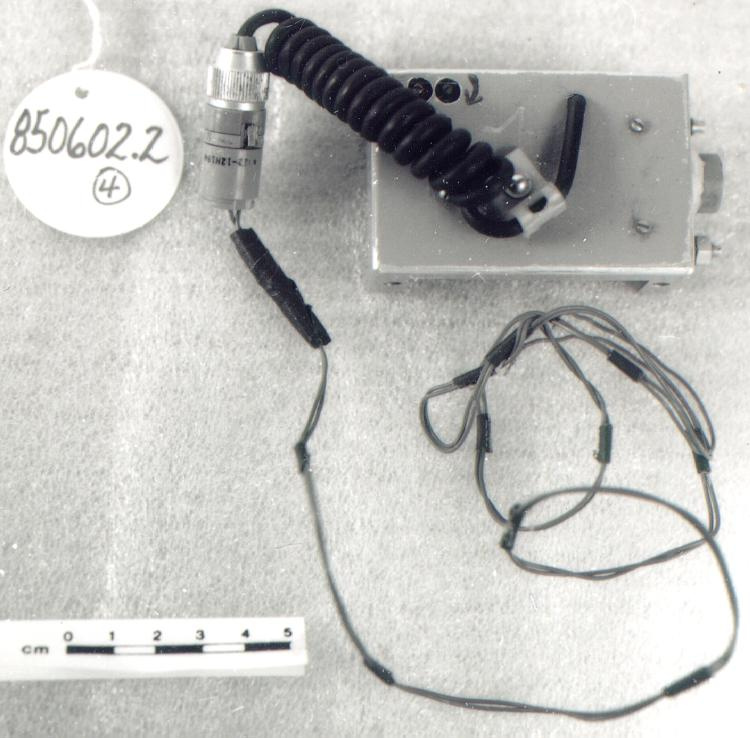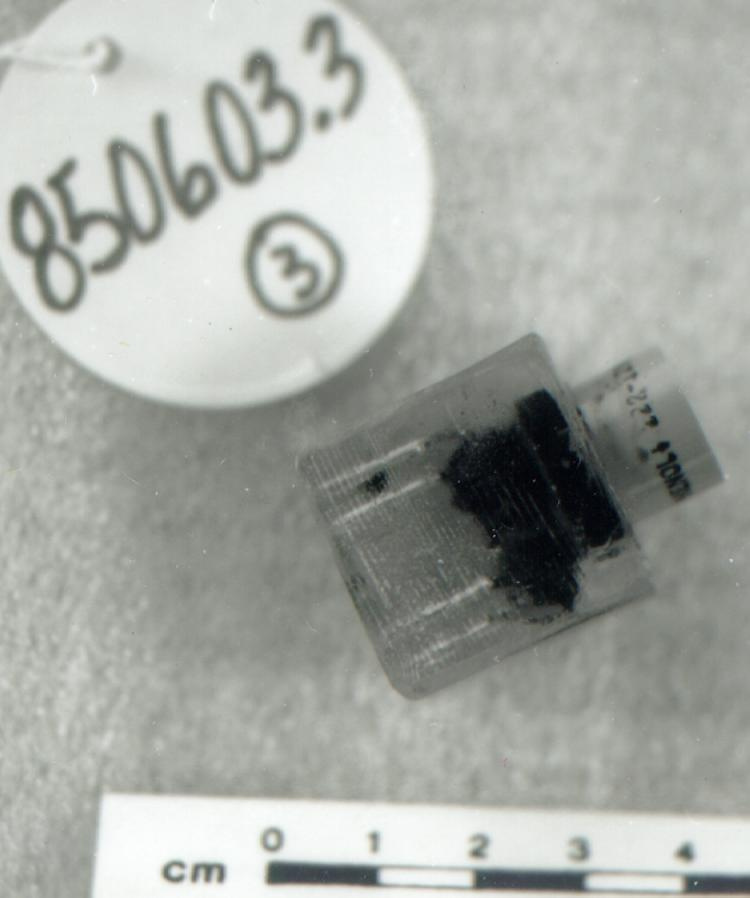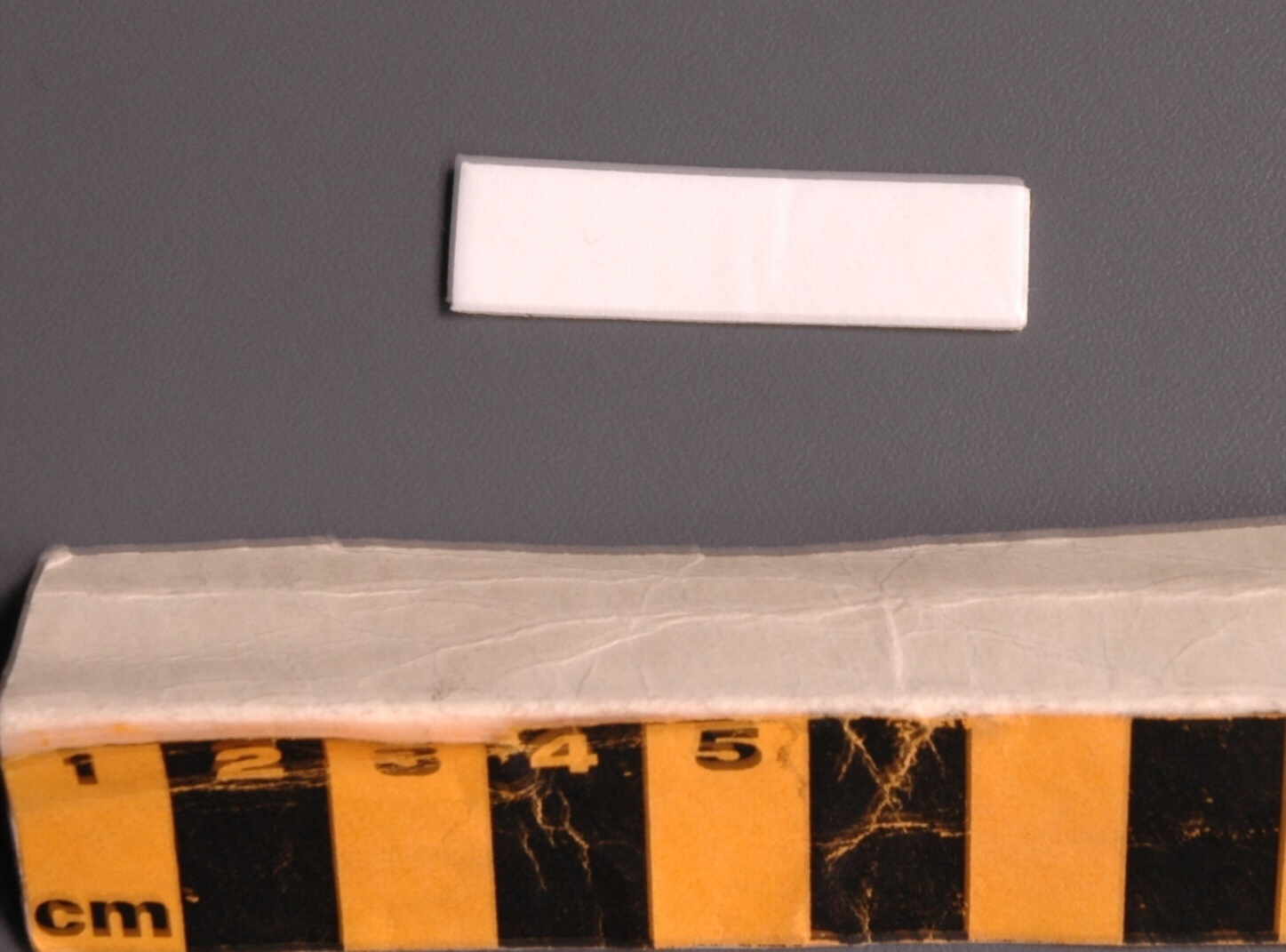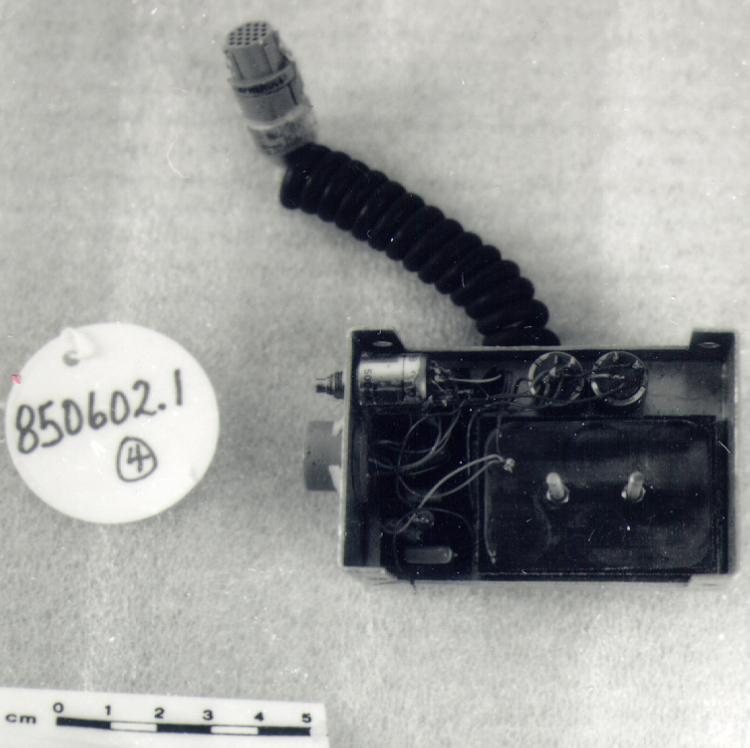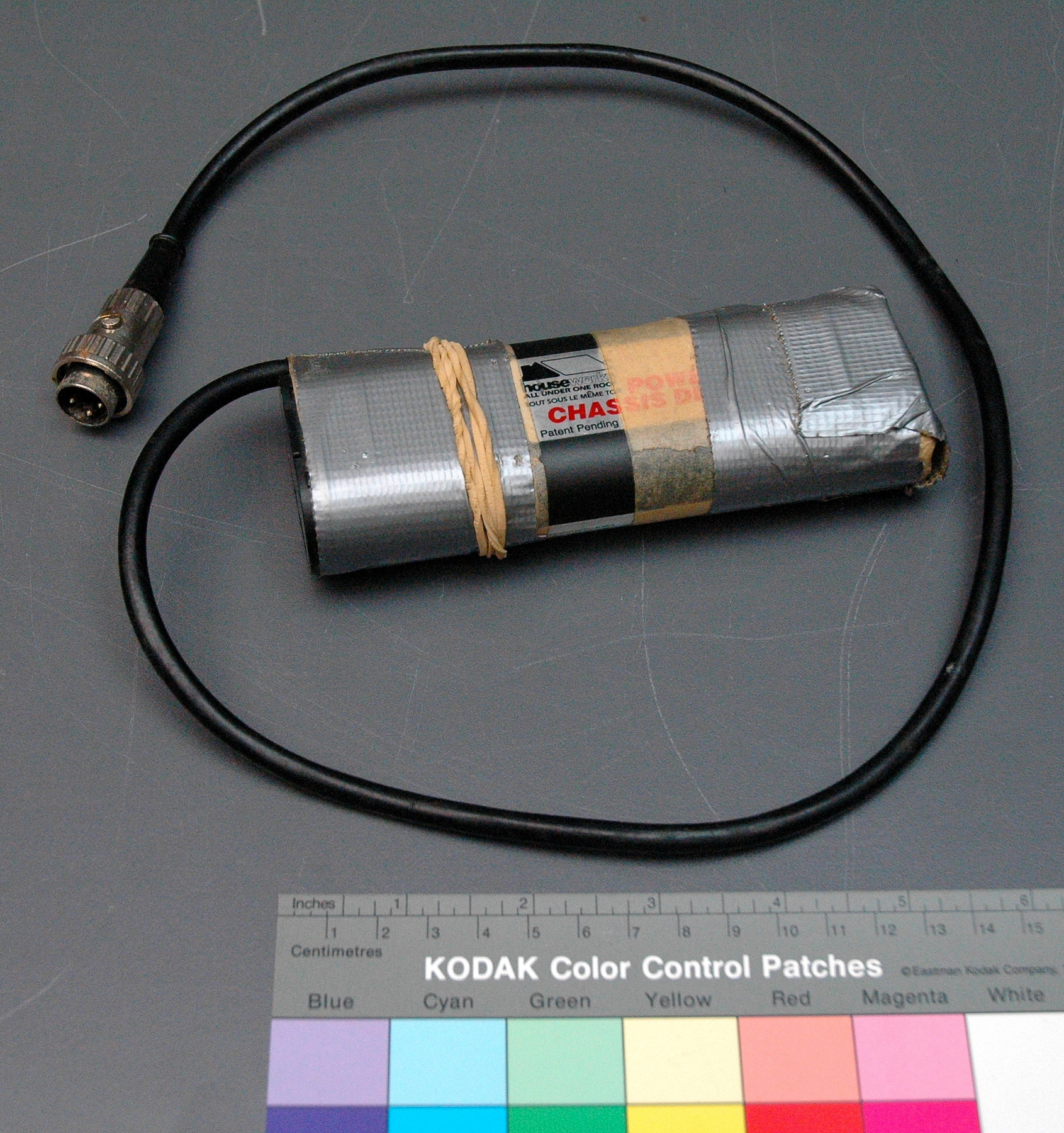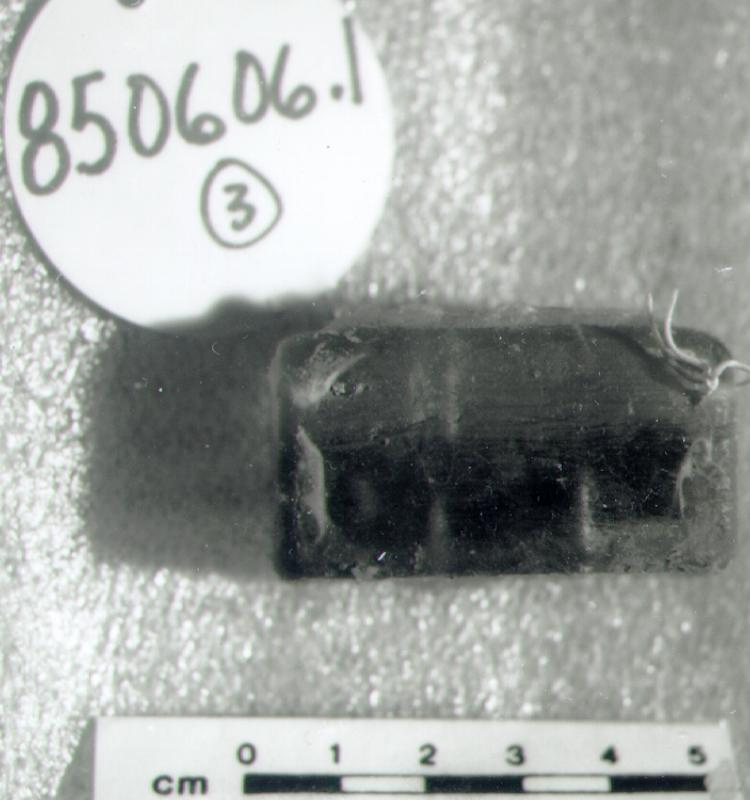Plate, specimen
Use this image
Can I reuse this image without permission? Yes
Object images on the Ingenium Collection’s portal have the following Creative Commons license:
Copyright Ingenium / CC BY-NC-ND (Attribution-NonCommercial 4.0 International (CC BY-NC 4.0)
ATTRIBUTE THIS IMAGE
Ingenium,
2010.0125.002
Permalink:
Ingenium is releasing this image under the Creative Commons licensing framework, and encourages downloading and reuse for non-commercial purposes. Please acknowledge Ingenium and cite the artifact number.
DOWNLOAD IMAGEPURCHASE THIS IMAGE
This image is free for non-commercial use.
For commercial use, please consult our Reproduction Fees and contact us to purchase the image.
- OBJECT TYPE
- sterile
- DATE
- 2009–2010
- ARTIFACT NUMBER
- 2010.0125.002
- MANUFACTURER
- Unknown
- MODEL
- Unknown
- LOCATION
- Unknown
More Information
General Information
- Serial #
- N/A
- Part Number
- 2
- Total Parts
- 2
- AKA
- sample or lab glass plate
- Patents
- N/A
- General Description
- Clear glass rectangle wrapped in 2 layers of aluminium foil; packaging bears buff-colour adhesive tape label.
Dimensions
Note: These reflect the general size for storage and are not necessarily representative of the object's true dimensions.
- Length
- 10.2 cm
- Width
- 7.6 cm
- Height
- N/A
- Thickness
- N/A
- Weight
- N/A
- Diameter
- N/A
- Volume
- N/A
Lexicon
- Group
- Medical Technology
- Category
- Medical equipment
- Sub-Category
- N/A
Manufacturer
- AKA
- Unknown
- Country
- Unknown
- State/Province
- Unknown
- City
- Unknown
Context
- Country
- Canada
- State/Province
- Ontario
- Period
- Unknown: this type probably used c. 2009-2010.
- Canada
-
An August 2010 report in Science Translational Medicine, about the preliminary success of clinical implantations of biosynthetic corneas made in Canada, was picked up by main-stream news organizations around the world in late August 2010 making it one of the most covered Canadian medical stories of the year. Synthetic and natural corneas have been implanted into humans for years. It is now a routine surgery with a variety of techniques and materials. The corneas in this acquisition represent a new development in this history, the use of bio-engineered materials for making the corneas. This material derives from recombinant human collagen, which is shaped and "forged" into biosynthetic corneas for implantation into humans. The implants are more accurately called "biomimetic" because the resulting implants mimic cell growth and restoration of natural cornea without the risk of rejection. The initial human trials were successful (reported in 2010, see references below), but this technique is still in the prototype phase with more engineering being developed. This development also represents new trends in laboratory medicine - close partnerships between genome-based biotechnology industries, hospital research institutes and laboratories. - Function
-
To provide sterile uniform, durable surface on which to manipulate specimens, etc. - Technical
-
Each day lab glassware was collected, cleaned and returned to owners. Foil wrapping signifies this plate was sterilized prior to return to MG [Dr. May Griffith] laboratory. - Area Notes
-
Unknown
Details
- Markings
- "MG" printed by hand in blue ink on buff-colour adhesive tape label.
- Missing
- None.
- Finish
- Clear glass rectangle wrapped in 2 layers of aluminium foil; packaging bears buff-colour adhesive tape label.
- Decoration
- N/A
CITE THIS OBJECT
If you choose to share our information about this collection object, please cite:
Unknown Manufacturer, Plate, specimen, circa 2009–2010, Artifact no. 2010.0125, Ingenium – Canada’s Museums of Science and Innovation, http://collection.ingeniumcanada.org/en/id/2010.0125.002/
FEEDBACK
Submit a question or comment about this artifact.
More Like This



